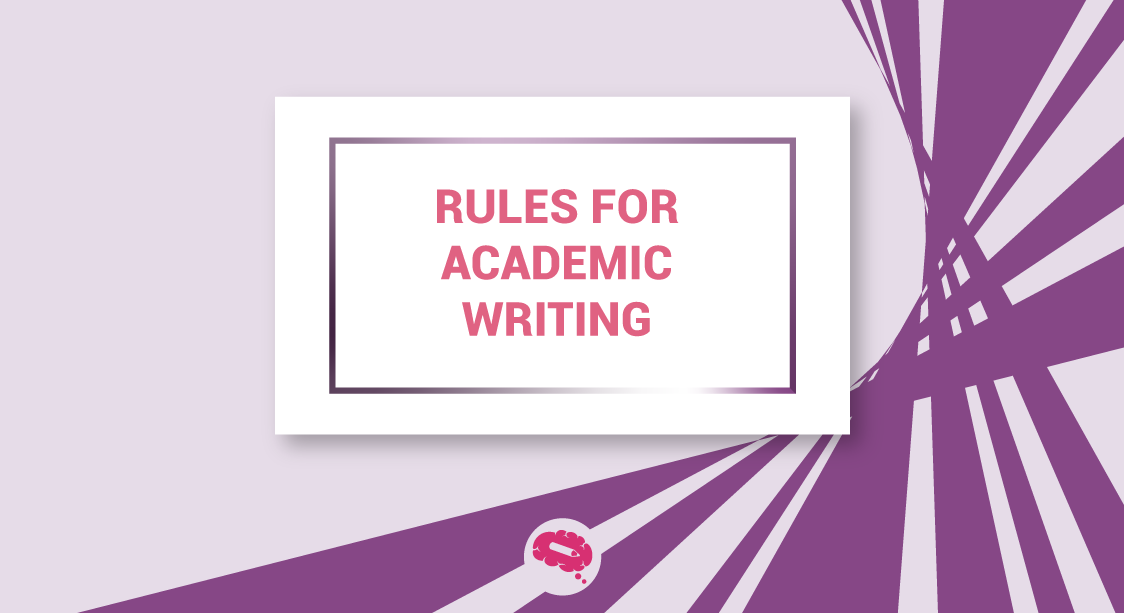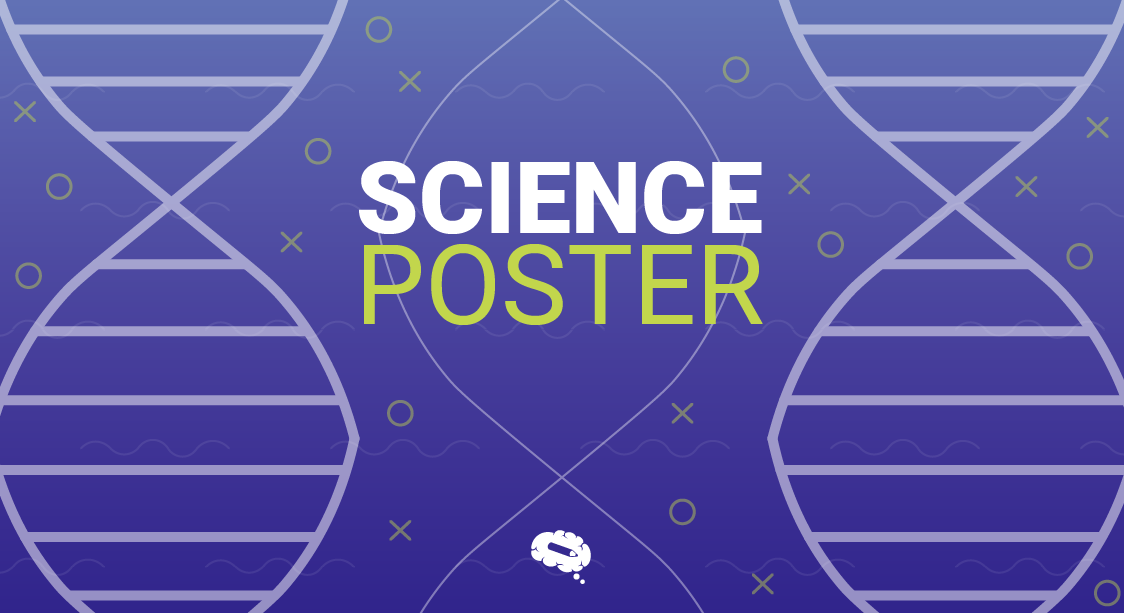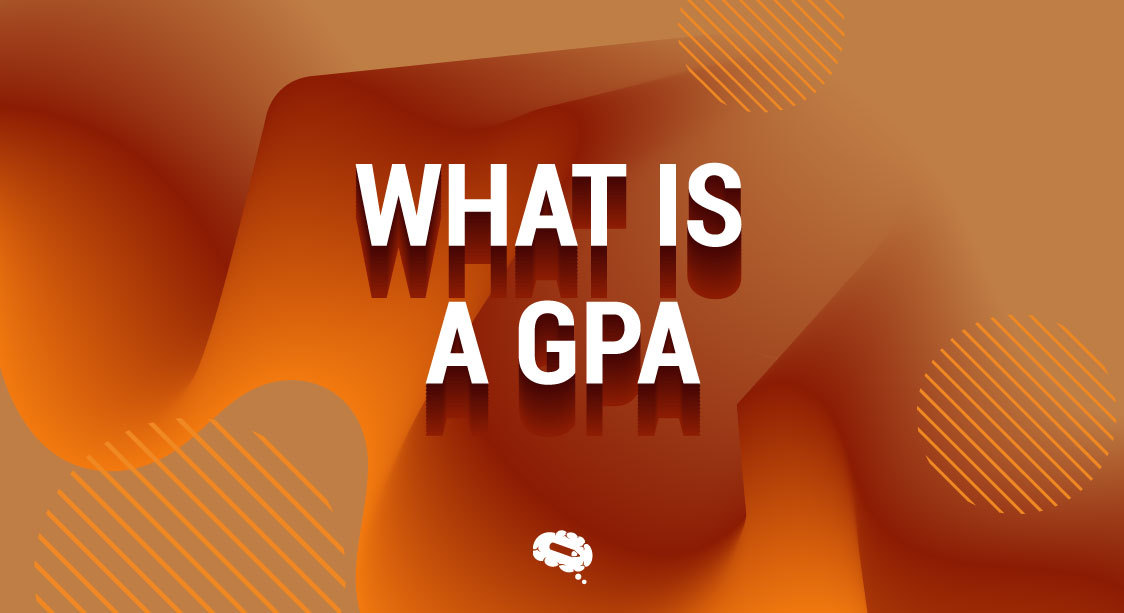Mastering the art of academic writing is a fundamental skill that empowers students and researchers to express their ideas, convey complex concepts, and contribute meaningfully to their respective fields. However, for beginners venturing into the realm of scholarly writing, navigating the intricacies of this formal discourse can be a daunting task.
“Essential Rules for Academic Writing: A Beginner’s Guide” serves as a beacon of guidance, illuminating the path for aspiring scholars as they embark on their academic journey. This comprehensive article offers invaluable insights into the fundamental principles and key rules that underpin successful academic writing, providing a strong foundation for those new to the craft.
What Is Academic Writing?
Academic writing refers to a formal style of writing that is prevalent in academic settings such as universities, research institutions, and scholarly publications. It is a mode of communication used by students, researchers, and scholars to convey their ideas, present research findings, and engage in intellectual discourse within their respective fields of study.
Related article: 11 Best Grammar Checker Tools For Academic Writing
Unlike other forms of writing, academic writing adheres to specific conventions and standards that prioritize clarity, precision, objectivity, and critical thinking. It is characterized by a rigorous approach to presenting arguments, supporting claims with evidence, and adhering to the principles of logic and reasoning.
Academic writing encompasses a wide range of genres, including essays, research papers, literature reviews, theses, dissertations, conference papers, and journal articles. Regardless of the specific genre, academic writing typically follows a structured format, includes proper citation and referencing, and adheres to established academic style guides such as APA (American Psychological Association) or MLA (Modern Language Association).
Types Of Academic Writing
Here’s a table summarizing the different types of academic writing, along with their definitions, purposes and typical structures:
| Type | Definition | Purpose | Structure |
|---|---|---|---|
| Essays | Expresses a focused argument or analysis on a specific topic. | Present an argument or analysis, develop critical thinking skills, demonstrate understanding. | Introduction, body paragraphs (with clear structure), conclusion. |
| Research Papers | Presents an in-depth investigation and analysis of a research question. | Contribute new knowledge, advance research in the field, demonstrate research skills. | Introduction, literature review, methodology, results, discussion, conclusion. |
| Literature Reviews | Surveys and evaluates existing research and scholarly articles. | Summarize and synthesize research, identify gaps in knowledge, establish context. | Introduction, thematic or chronological organization of sources, critical analysis. |
| Lab Reports | Describes experiments, methods, results, and analysis in scientific disciplines. | Communicate scientific findings, replicate experiments, document methodology. | Abstract, introduction, methodology, results, discussion, conclusion. |
| Case Studies | Examines a particular subject or situation in detail within a specific context. | Analyze a specific case, apply theoretical knowledge to real-world scenarios. | Introduction, description of the case, analysis, conclusion, recommendations. |
| Theses and Dissertations | Presents original research conducted for a higher degree. | Contribute original research to the field, demonstrate expertise, earn a higher degree. | Abstract, introduction, literature review, methodology, analysis, conclusion. |
| Review Articles | Provides an overview and critical evaluation of existing research on a specific topic. | Summarize research on a topic, identify trends, evaluate the quality of existing research. | Introduction, synthesis of literature, critical analysis, conclusion. |
| Conference Papers | Communicates research findings or theoretical contributions to an academic conference. | Share research with peers, contribute to conference proceedings. | Abstract, introduction, key aspects of research, conclusion. |
| Academic Book Reviews | Evaluates and provides a critique of a scholarly book. | Assess the quality and contribution of a book, inform readers about its content. | Summary of book’s content, analysis of arguments and methodology, evaluation, conclusion. |
Also read: Words To Use In Essays: Amplifying Your Academic Writing
General Rules For Academic Writing
Here are some general rules for academic writing: by adhering to these general guidelines, you can enhance the clarity, effectiveness, and professionalism of your academic writing, ensuring that your ideas are communicated with precision and impact.
Clarity and Precision
Academic writing demands clarity and precision in the expression of ideas. Use clear and concise language to communicate your thoughts effectively. Avoid ambiguous or vague statements, and strive for a logical flow of ideas within your writing.
Audience Awareness
Consider your intended audience when writing academically. Be aware of their background knowledge and familiarity with the topic. Adapt your writing style and level of technicality accordingly, ensuring that your content is accessible and understandable to your readers.
Use Formal Language
Academic writing requires a formal tone and language. Avoid colloquialisms, slang, and overly informal expressions. Instead, employ a vocabulary appropriate to the academic context, using specialized terms when necessary.
Structure and Organization
Structure your writing in a logical and coherent manner. Use clear headings, subheadings, and paragraphs to guide the reader through your work. Ensure that your ideas are well-organized and presented in a cohesive manner, with each paragraph or section contributing to the overall argument or discussion.
Evidence-Based Reasoning
Support your arguments and claims with credible evidence. Reference authoritative sources and cite them appropriately to establish the foundation for your ideas. Use empirical data, scholarly research, and reputable references to strengthen the validity and reliability of your work.
Critical Thinking
Academic writing encourages critical thinking and analysis. Engage with the existing literature, identify strengths and weaknesses in the arguments, and develop your own well-reasoned perspective. Challenge assumptions, evaluate alternative viewpoints, and provide well-supported arguments.
Proper Referencing and Citation
Maintain academic integrity by properly referencing and citing all sources used in your writing. Follow the specific citation style required by your academic institution or field, such as APA, MLA, or Chicago style. Accurate referencing gives credit to the original authors, allows readers to verify your sources, and demonstrates your commitment to scholarly integrity.
Revision and Proofreading
Academic writing involves a process of revision and proofreading. Review your work for clarity, coherence, grammar, and spelling errors. Ensure that your writing is free from typographical mistakes and inconsistencies. Seek feedback from peers, instructors, or writing centers to enhance the quality of your work.
Also read: What Is Proofreading And How To Harness Its Benefits?
How To Improve The Academic Writing
To enhance your academic writing skills, it is crucial to engage in regular practice and give careful consideration to various aspects. Here are some essential focal points to pay attention to in order to improve your academic writing:
Punctuation
- Proper use of commas, periods, question marks, and exclamation marks to enhance clarity and meaning in sentences.
- Effective use of semicolons and colons to join related independent clauses and introduce lists or explanations.
- Understanding the role of dashes and hyphens to indicate interruptions or join words in compound adjectives.
Capitalization
- Capitalize proper nouns, including names of people, places, institutions, and specific titles or terms.
- Follow capitalization rules for titles, capitalizing the first and last words, as well as major words within the title.
- Ensure consistency in capitalization within headings and subheadings.
Grammar and Sentence Structure
- Ensure subject-verb agreement, ensuring that the subject and verb agree in number and person.
- Use proper tenses and maintain consistency in verb tense usage within a paragraph or section.
- Write clear and unambiguous sentences, avoiding run-on sentences, fragments, or unclear pronoun references.
Academic Conventions
- Apply appropriate formatting and font style as per the guidelines of the specific academic institution or style guide.
- Use headings and subheadings correctly, following a consistent hierarchy and formatting style.
- Use abbreviations appropriately and consistently, following the accepted conventions in the field.
- Adhere to specific guidelines for tables, figures, and graphs, including proper numbering, labeling, and citation.
Infographic Templates Made By Scientists
Mind the Graph revolutionizes scientific communication by offering scientists a user-friendly platform with scientifically-themed infographic templates. Publication-ready exporting ensures seamless integration into scientific papers and presentations. Mind the Graph empowers scientists to make their research more accessible and engaging through visually appealing infographics. Start your free trial now!

Subscribe to our newsletter
Exclusive high quality content about effective visual
communication in science.








